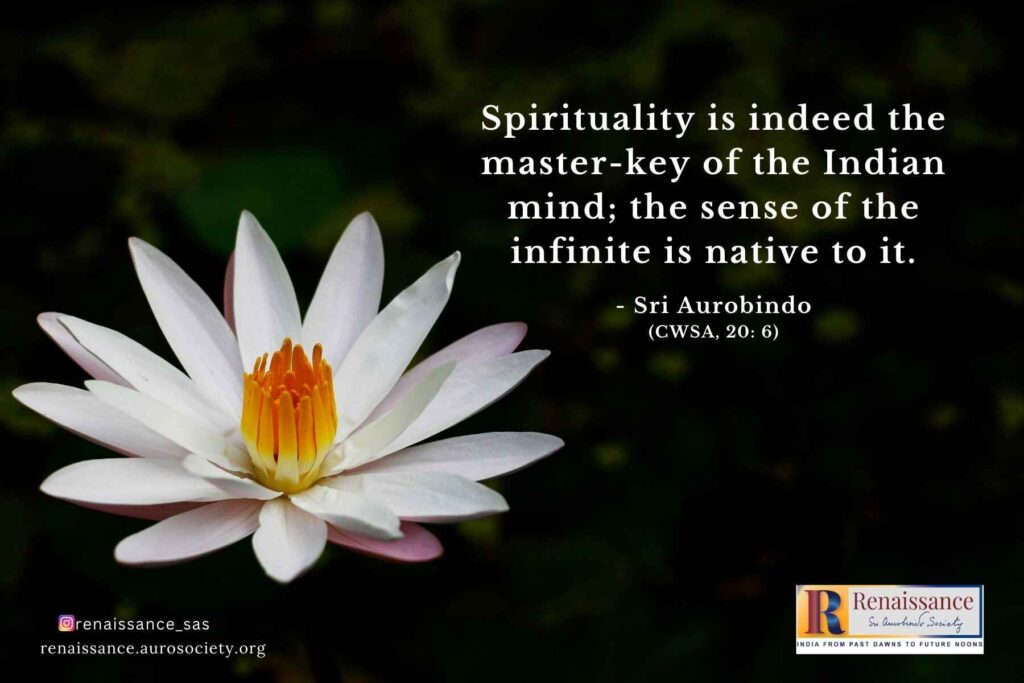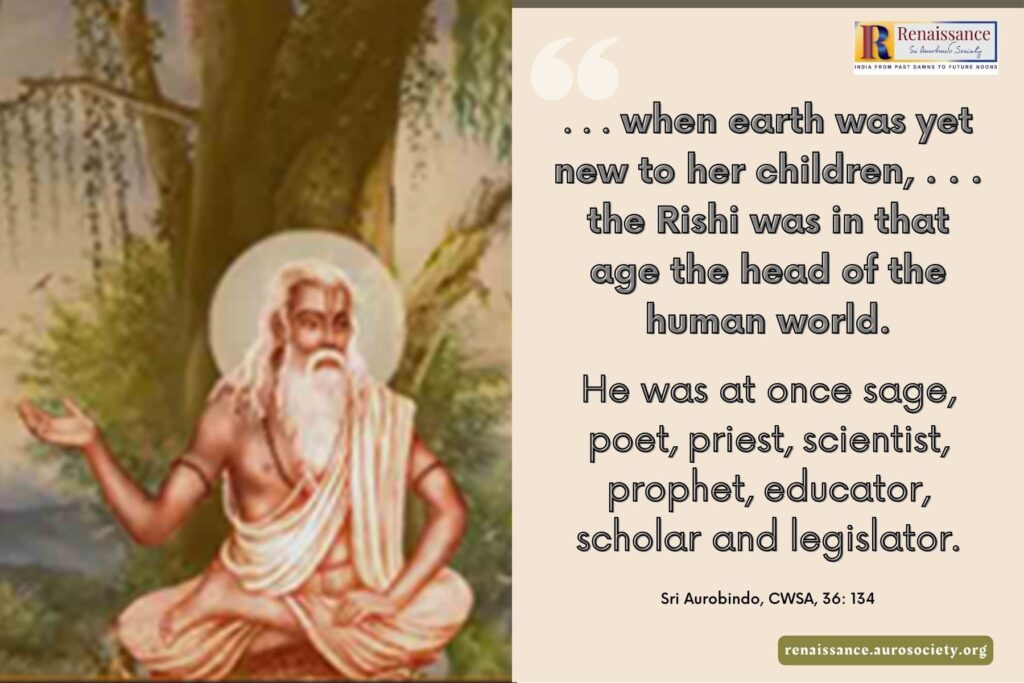A Fragmented Mind in the Cyber Age
The author, our regular contributor, points our attention to the the epidemic that Attention Deficit Disorder has become in today’s age with its social media and other internet based stimuli that have severely impacted our capability to concentrate.
A Fragmented Mind in the Cyber Age Read More »









